
From Name planted trees for you, Recipient Name.
See your Tree Certificate attached, and click here
to learn about One Tree Planted's work.
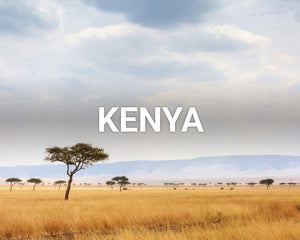
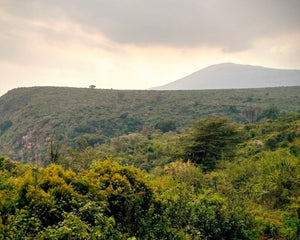
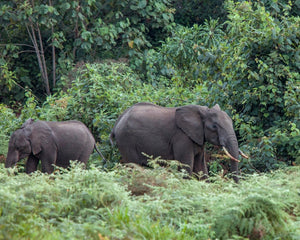
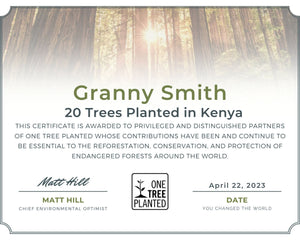
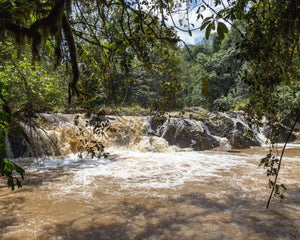
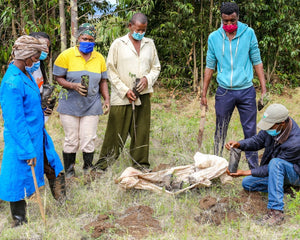
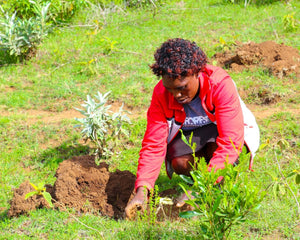
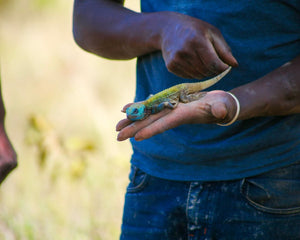
Reforestation of Kenya's forests will help support its vital ecosystem, promote wildlife protection, and foster sustainable livelihoods for local communities. Learn more
With your help, we will:
Looking to plant trees every month? Join The Grove.
Reforestation of Kenya's forests will help support its vital ecosystem, promote wildlife protection, and foster sustainable livelihoods for local communities. Learn more
With your help, we will:






Our restoration approach is primarily centered on two methods: Fostering natural regeneration, and enrichment planting. We will reforest at a density of roughly 1500 stems per hectare of indigenous species, using a combination of emergent colonizers, and a slower-growing, climax species.

Ecologically, the presence of a regenerating forest is incredibly important for biodiversity, as a safe haven. With a wide array of habitats, significant increases in species numbers have been noted. These include predators such as leopards and hyenas.

Since reforestation in Kenya is accomplished through agroforestry, some of the fruit trees planted in Kenya will support crop production and local communities. The shade provided by the trees will also protect people and livestock from various weather conditions.